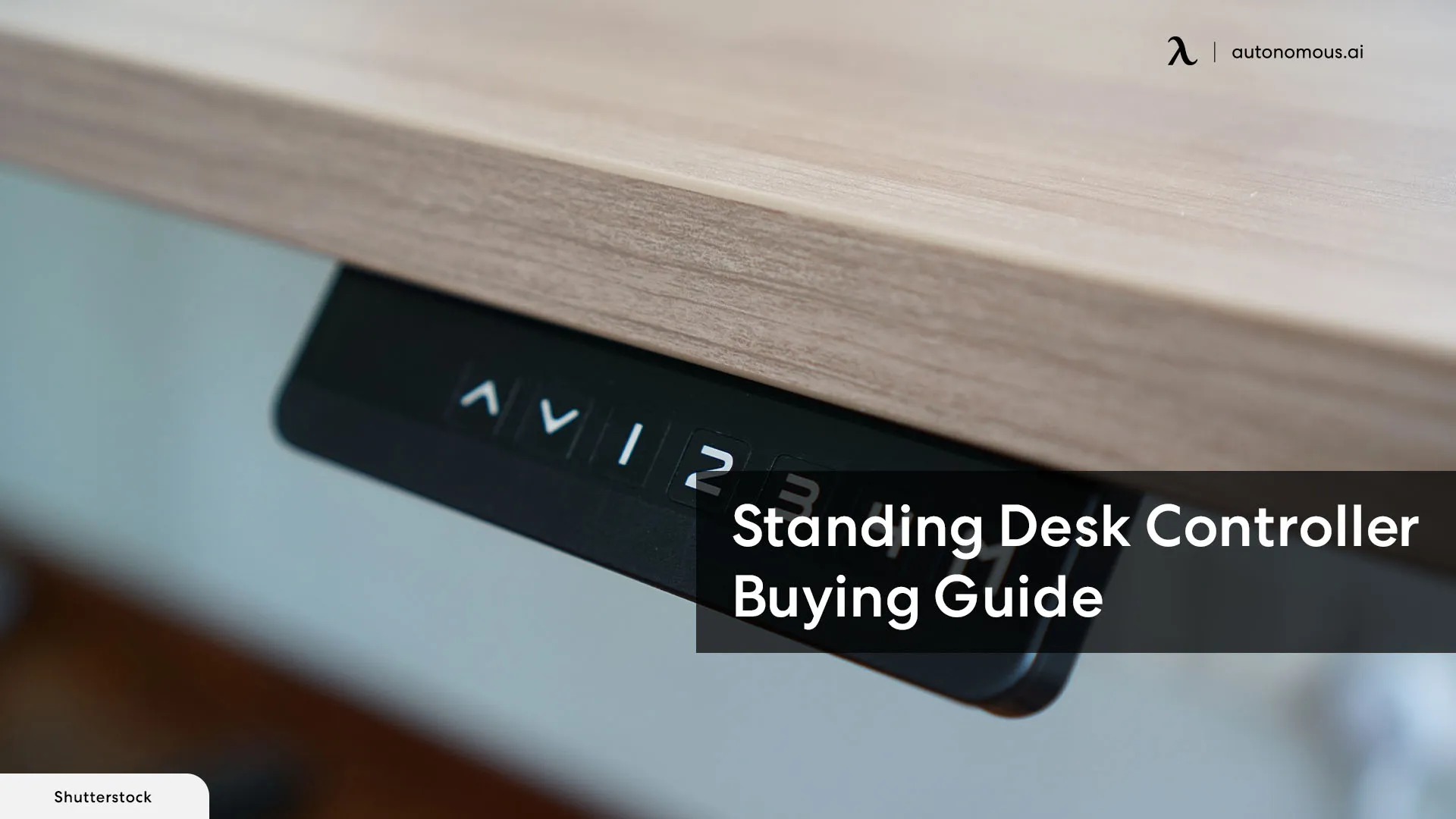
What to Consider When Buying a Standing Desk Controller?
Table of Contents
When it comes to maximizing the benefits of your standing desk, the controller is just as important as the desk itself. This small yet essential device is what bridges your intent and the desk’s motorized movement, allowing you to transition smoothly between sitting and standing. But with a wide variety of options available, how do you choose the right standing desk controller for your needs?
This guide will walk you through the most important factors to consider when buying a standing desk controller, ensuring you make the best choice for your ergonomic workspace.
1. Compatibility with Your Desk
Before you even start looking at features and functionality, the most important factor to consider is compatibility. Not all standing desk controllers work with every desk, so it’s crucial to check that the controller you choose is designed for your specific standing desk model.
Many desk manufacturers offer controllers that are designed specifically for their desks. If you’re buying a third-party controller, make sure to verify that it works with the standing desk motor and standing desk frame. Some controllers may have universal compatibility, but it’s always best to double-check.
If you’re considering a dual motor standing desk, you’ll want to ensure the controller matches the motor setup for smooth functionality. If you’re interested in a more specialized design, such as an L-shaped standing desk frame, ensure compatibility with the controller for an optimal setup.
2. Wired vs. Wireless Controllers
One of the first decisions you’ll face is whether to go with a wired or wireless controller.
- Wired Controllers: These are connected directly to your desk, offering a stable, reliable connection. Wired controllers are often more affordable and less prone to connectivity issues.
- Wireless Controllers: These offer greater flexibility and a cleaner look since you’re not tethered by cables. While wireless models offer convenience, they can come at a slightly higher price.
The decision depends on your personal preferences. If you prefer a minimalist, cable-free workspace, a wireless controller might be the way to go. However, if reliability and cost are a priority, a wired controller might suit your needs better.

3. Number of Presets
Preset options are a game-changer for anyone who frequently switches between sitting and standing positions. A controller with preset buttons allows you to save your preferred heights, making it easy to transition with a single press. This feature is particularly useful if you’re sharing your desk with others or use the desk throughout the day in different positions.
Some controllers offer multiple preset options, so consider how many heights you need to save for your day-to-day use. Additionally, if you need help with how to set standing desk presets, this feature can simplify your desk adjustments.
If your desk isn’t adjusting properly, or if it’s not going up at all, you might want to check our guide on how to resolve when your standing desk stops working.
To fully optimize your standing desk usage, it’s also helpful to understand how to use a standing desk effectively, or how to lock and unlock a standing desk to prevent accidental adjustments.
If you're ever having issues and need to reset the desk, you can refer to our guide on how to reset a standing desk.
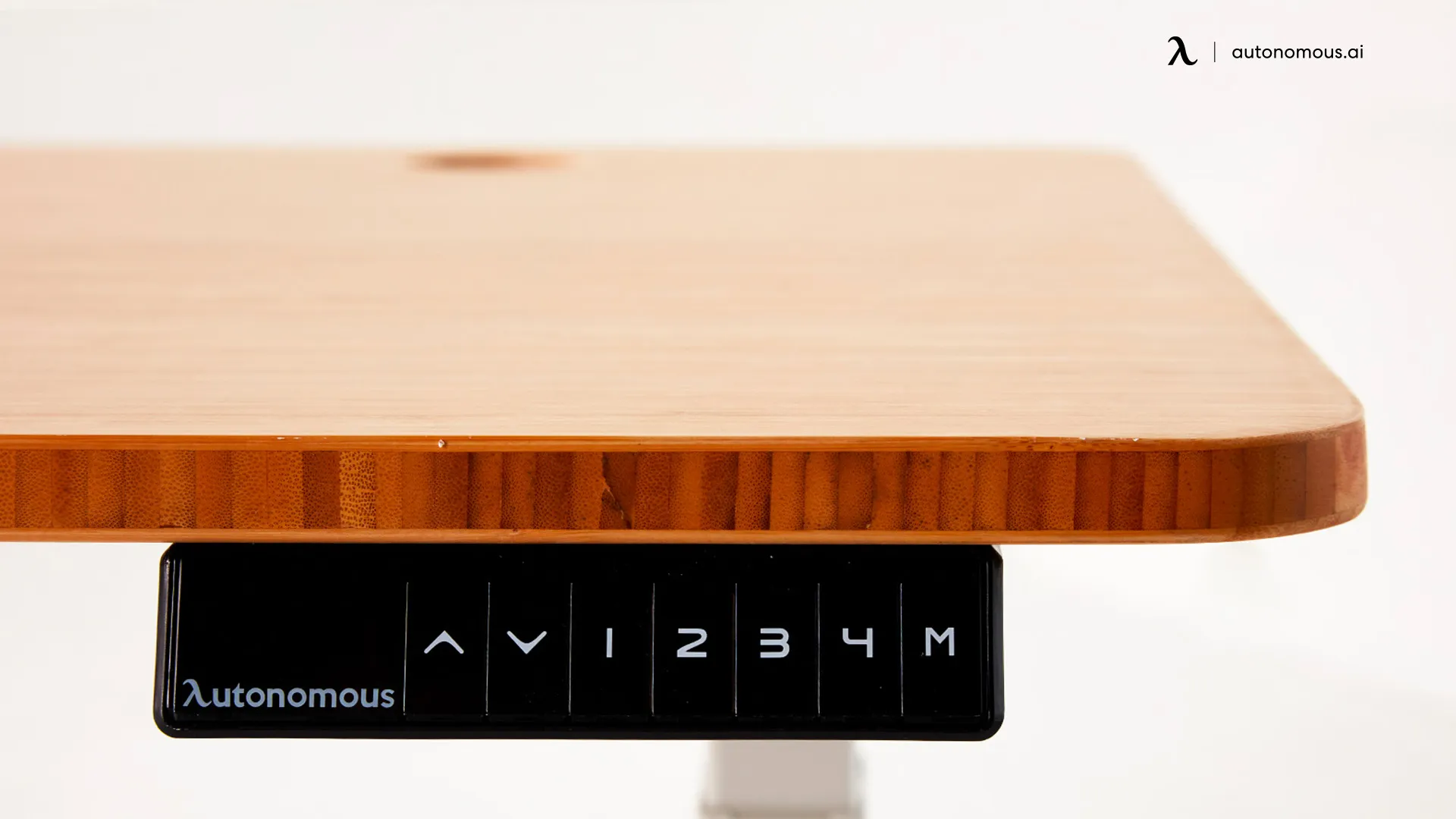
4. Speed Adjustment
The speed at which your desk adjusts is another important consideration. Some controllers offer adjustable speed settings, allowing you to control how quickly the desk moves. This can be beneficial if you prefer a slower transition for more precise adjustments, or a faster transition when you’re in a hurry.
For those who value smooth, controlled adjustments, look for a controller that gives you speed flexibility. It enhances the overall user experience and ensures that the transition between sitting and standing is as smooth as possible.
5. Memory Function
Having a memory function is a useful feature that automatically remembers your last height adjustment. Instead of needing to input your preferred height every time, the controller can recall the height settings, saving you time. This feature is especially beneficial if you tend to use the desk in different positions throughout the day, as it allows for quick adjustments without needing to reset the height each time.
If you often switch between multiple users or desk setups, a controller with memory functionality can simplify the process. For those wondering how often you should stand up from your desk, the memory function can make it easier to adjust your desk for optimal comfort throughout the day.
Additionally, to ensure you're setting your desk to the right height, consider how high a standing desk should be to maintain proper posture and reduce strain.

6. Ergonomics and Ease of Use
Since you’ll be using the controller frequently, ergonomics and ease of use are key. A controller with an intuitive interface and easy-to-press buttons or a comfortable touch screen can make your standing desk experience much more enjoyable. Look for a controller that feels natural in your hand, is easy to operate, and doesn’t strain your fingers with hard-to-press buttons.
Additionally, a controller with a well-lit display or indicator lights can provide quick visual feedback, letting you know when your desk has reached the desired height.
7. Child Lock and Safety Features
If you have children or pets around, consider a controller with a child lock feature. This prevents accidental height adjustments and ensures that your desk stays in place when not in use. Some models also come with safety features like automatic stop functions to prevent the desk from moving too fast or in unexpected ways.
Safety features add an extra layer of security, especially in busy or family-oriented environments.
8. Budget and Price Range
Standing desk controllers come in a wide price range, from budget-friendly options to high-end models with advanced features. The price you pay will depend on the functionalities you need. For example, a basic wired controller with a few presets will be more affordable than a wireless controller with multiple memory settings and speed adjustments.
If you're on a budget, there are still plenty of good options available, but you may have to compromise on some features like wireless connectivity or advanced presets. For those looking for a luxury standing desk, you’ll find premium models with advanced features. However, if you're looking for a best budget standing desk, there are still excellent choices that won’t break the bank.
9. Additional Features to Consider
Some additional features you might want to look for include:
- Touchscreen functionality: For a more modern and sleek controller, a touchscreen interface may provide a more intuitive and user-friendly experience.
- Height tracking: Some controllers come with height-tracking features that give you visual feedback on the current height setting.
- Customizable options: If you have specific preferences for button placement, screen layout, or other factors, a controller that offers customization may be ideal.
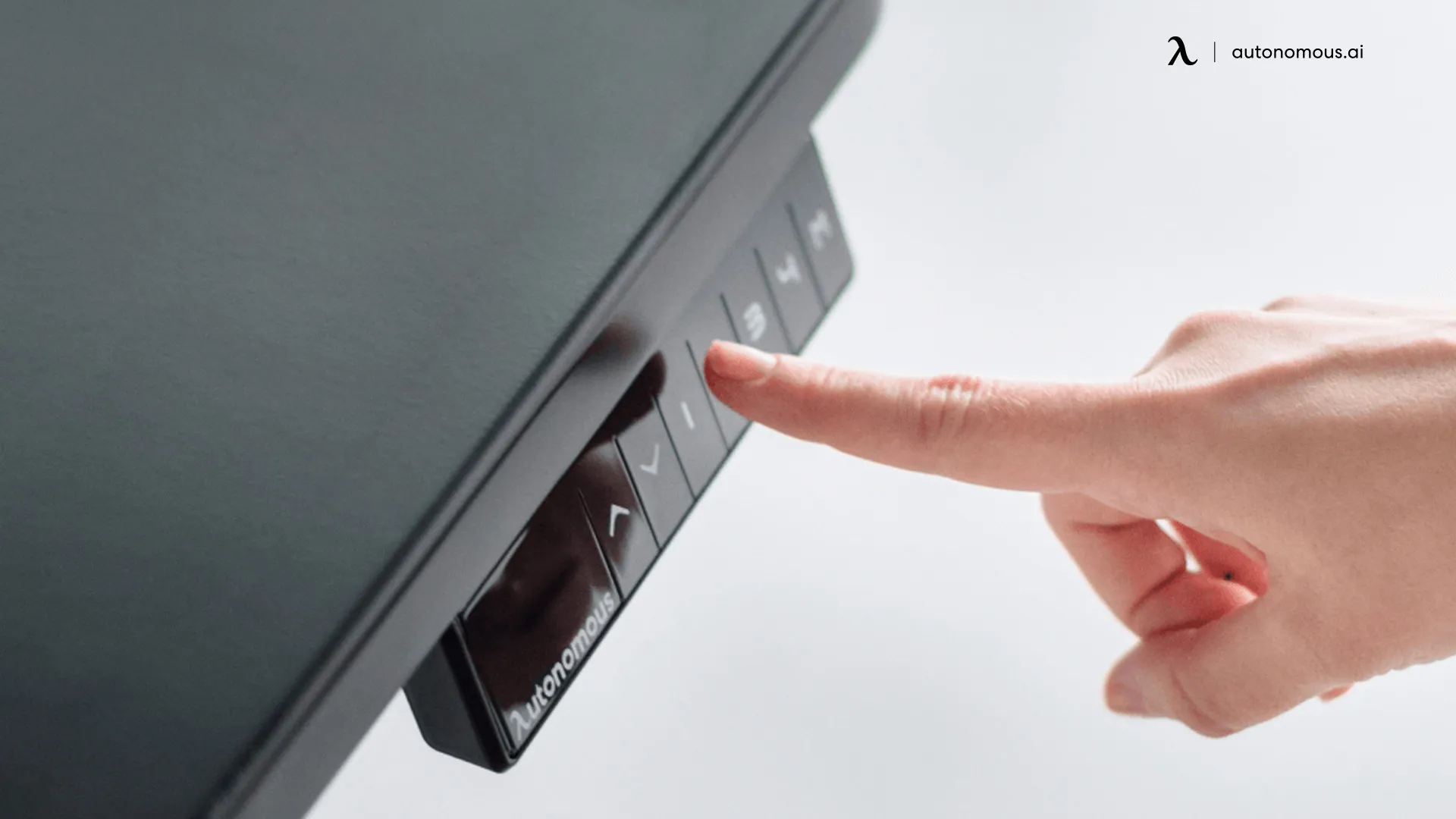
FAQs
Why is the standing desk controller not working?
If your standing desk controller is unresponsive, first check the standing desk control switch for any issues. Ensure that the switch is functioning correctly and that the controller is securely connected. If problems persist, consider troubleshooting the power source and cables to identify potential malfunctions.
How to reset the standing desk controller?
Resetting the standing desk controller can often resolve minor glitches. Start by checking the standing desk control switch for a reset option. If unavailable, unplug the controller from the power source, wait for 30 seconds, and then reconnect it. This simple reset may restore functionality to your standing desk controller.
Are standing desk controllers interchangeable?
Standing desk controllers are not universally interchangeable. The compatibility of controllers depends on the specific make and model of your standing desk. Always ensure that you use a controller designed for your particular desk to avoid compatibility issues and potential malfunctions.
How do you program a standing desk button?
To program a standing desk button, locate the programming option in your controller's settings. Press and hold the desired button until the controller signals with a flash. Adjust your desk to the desired height, then release the button. The solid light on the controller confirms the successful programming of the standing desk button.
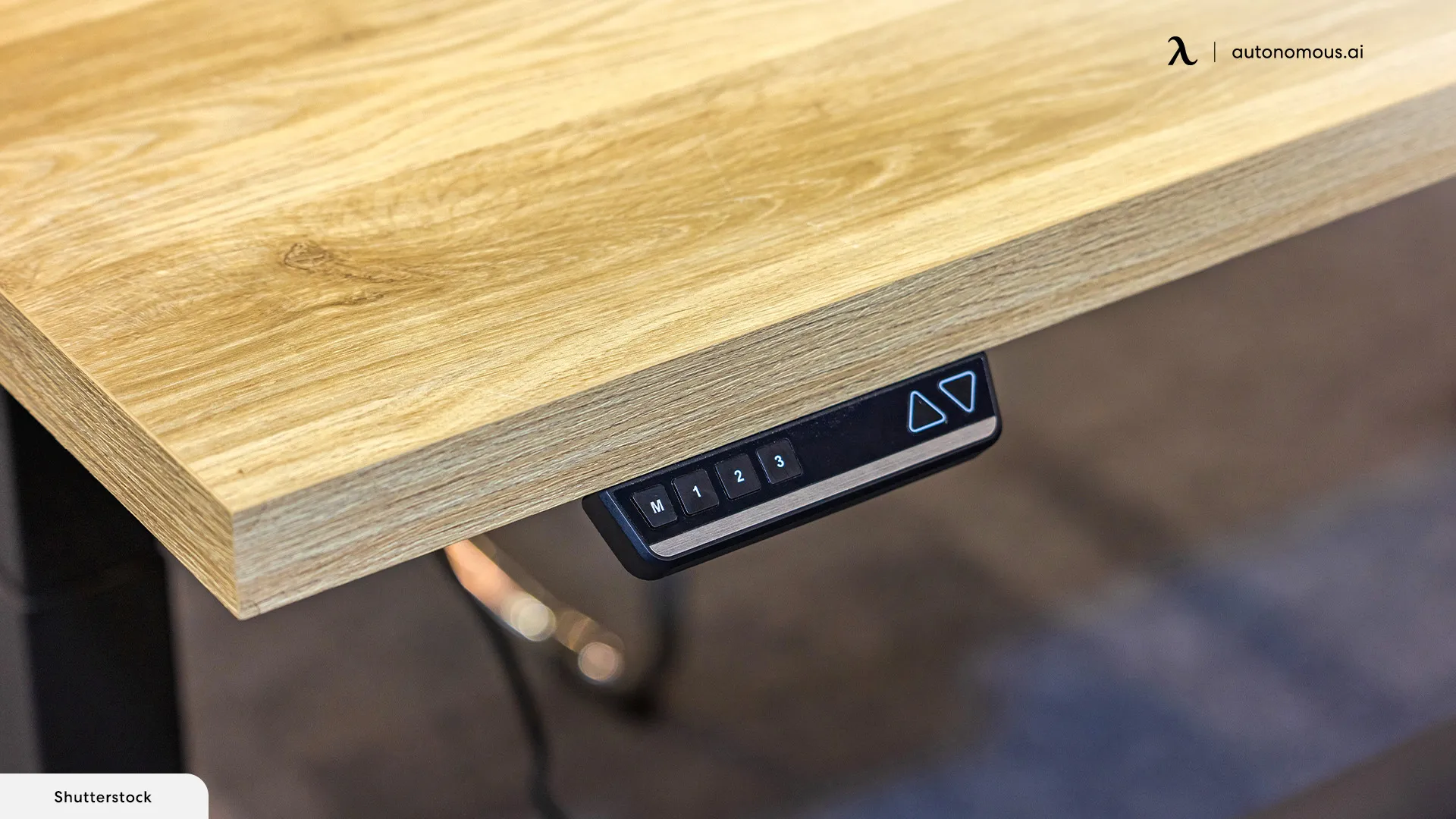
Conclusion
Choosing the right standing desk controller can make a huge difference in your standing desk experience. Whether you prioritize ergonomics, advanced features like presets and memory functions, or simply need a reliable and easy-to-use controller, it’s important to match the controller to your needs.
Take the time to evaluate the compatibility, features, and price range that work best for you. With the right standing desk controller, you’ll be able to enjoy a seamless transition between sitting and standing, making your workspace more ergonomic, productive, and comfortable.
Stay connected with us!
Subscribe to our weekly updates to stay in the loop about our latest innovations and community news!
Interested in a Link Placement?
Spread the word
.svg)


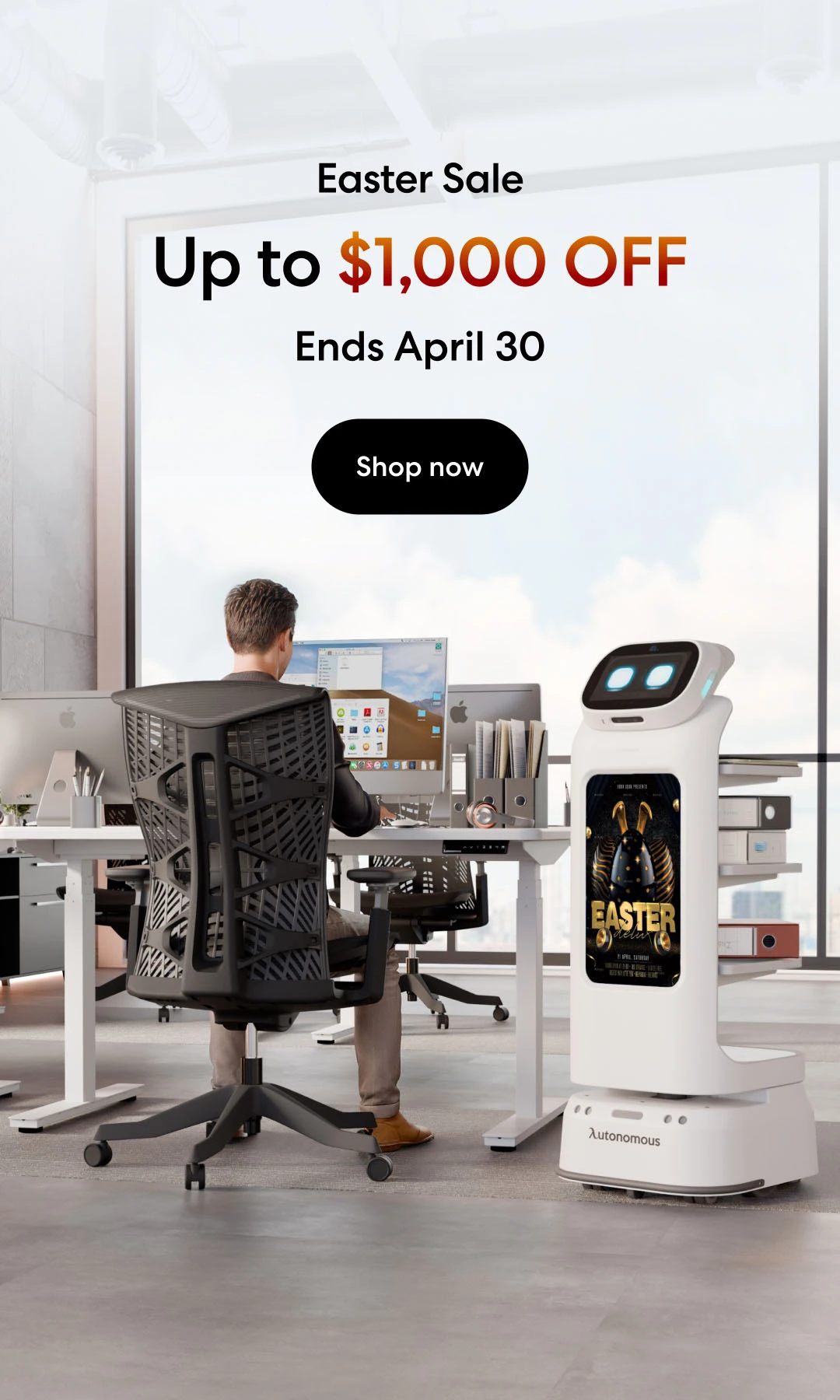
/https://storage.googleapis.com/s3-autonomous-upgrade-3/production/ecm/230914/bulk-order-sep-2023-720x1200-CTA-min.jpg)

/https://storage.googleapis.com/s3-autonomous-upgrade-3/production/ecm/230824/EthanJohnson-ffebe8b4-4650-46f9-a3b3-ed980acaad86.jpg)